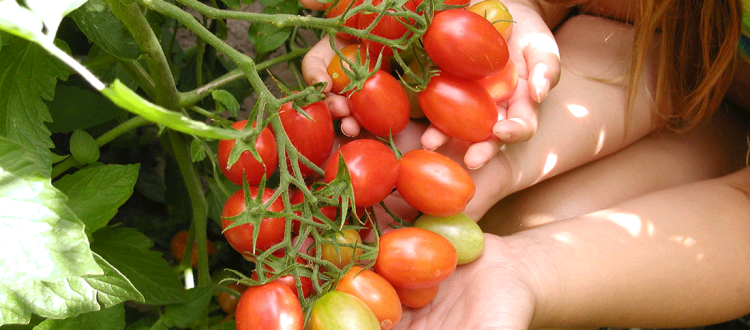Hybrid vs. Heirloom Seed — What’s the Difference?
Hybrid seed is the first generation of a cross between two parents. Also called F1, this seed produces an offspring with specific traits. Usually hybrid plants are bred for uniformity, vigor, yield and disease resistance. The seed produced by these offspring will often be sterile, or the plants will not produce any seed at all. If there is any viable seed produced, the fruit is likely to revert to traits of its parents and will not produce what you were expecting. If you want to plant a particular hybrid variety again, you must purchase the seed from the company who developed the hybrid.
Non-hybrid seed is open-pollinated seed and self reproducing. Provided that there is no cross pollination, the plant’s seed will be viable, and have characteristics true to its parent. These seeds can be saved year after year. Many plant varieties are being lost because seed companies are not reproducing them.
Heirloom seed is seed that is open-pollinated and has been handed down from at least one to three generations. By other definitions, ‘heirloom’ generally refers to flowers, vegetables and fruits that were grown before World War II. Heirloom plants have withstood the proven test of time and seeds have been saved for the traits that make a successful harvest in any given area. Many varieties have been passed on from Europe and from native or indigenous people. Heirlooms are a treasure trove of genetic plant material woven together by the magic of family, history, hardship, survival and rebirth. As seed companies develop new hybrids and discontinue growing older varieties of plants, it becomes the job of farmers and gardeners to save seeds from heirlooms to help preserve valuable genetic variation.
Planting open-pollinated or heirloom seed also helps to preserve the genetic diversity of the planet. To learn more about seed saving techniques, visit Seed Savers Exchange website.

